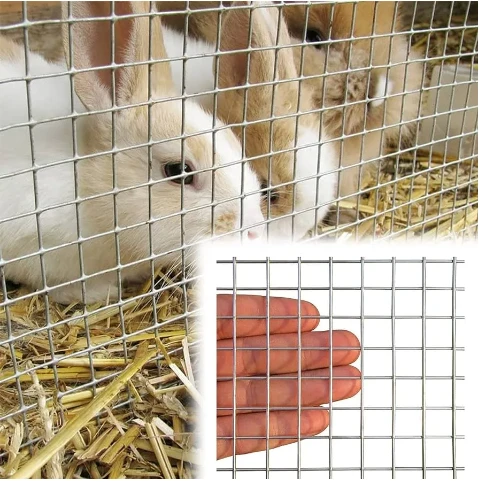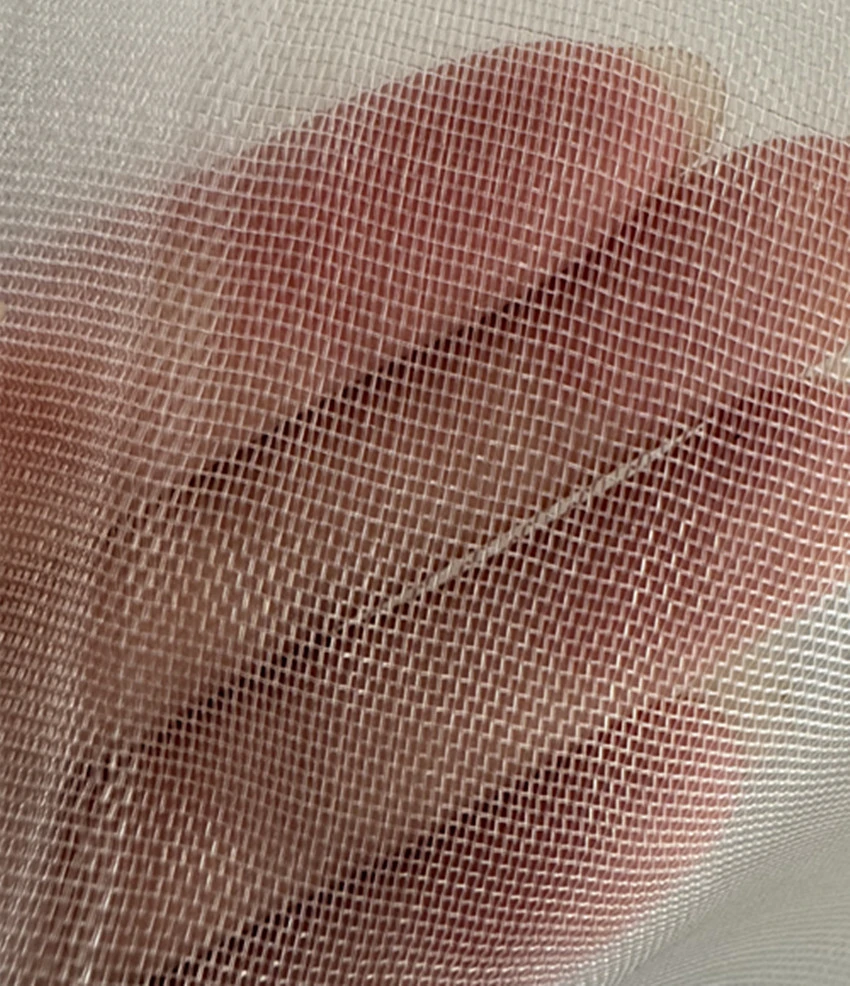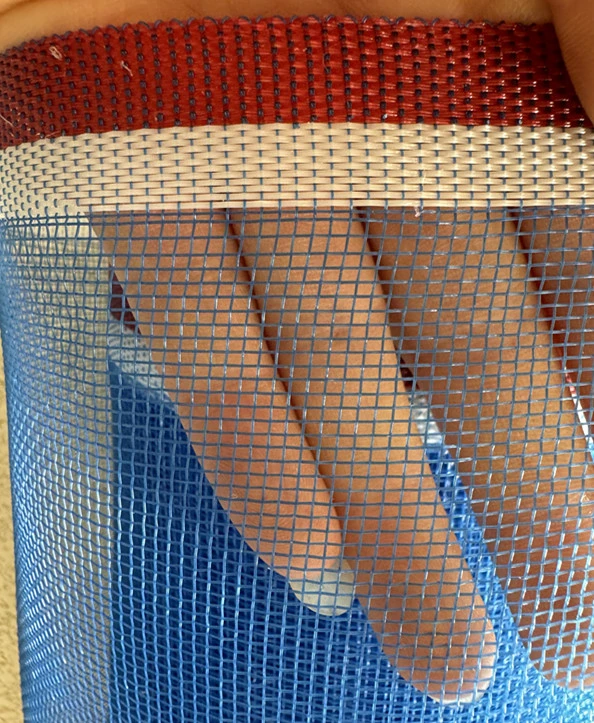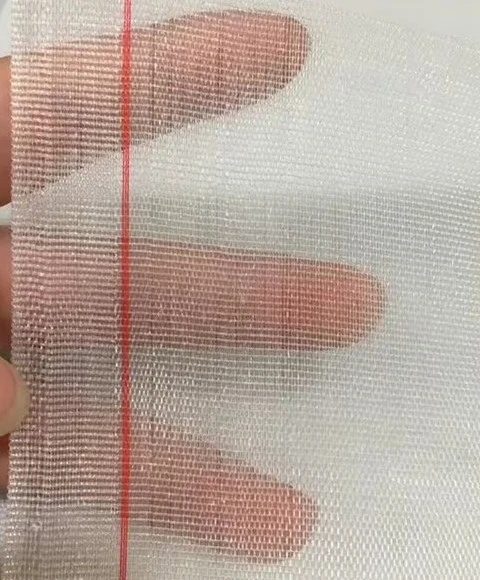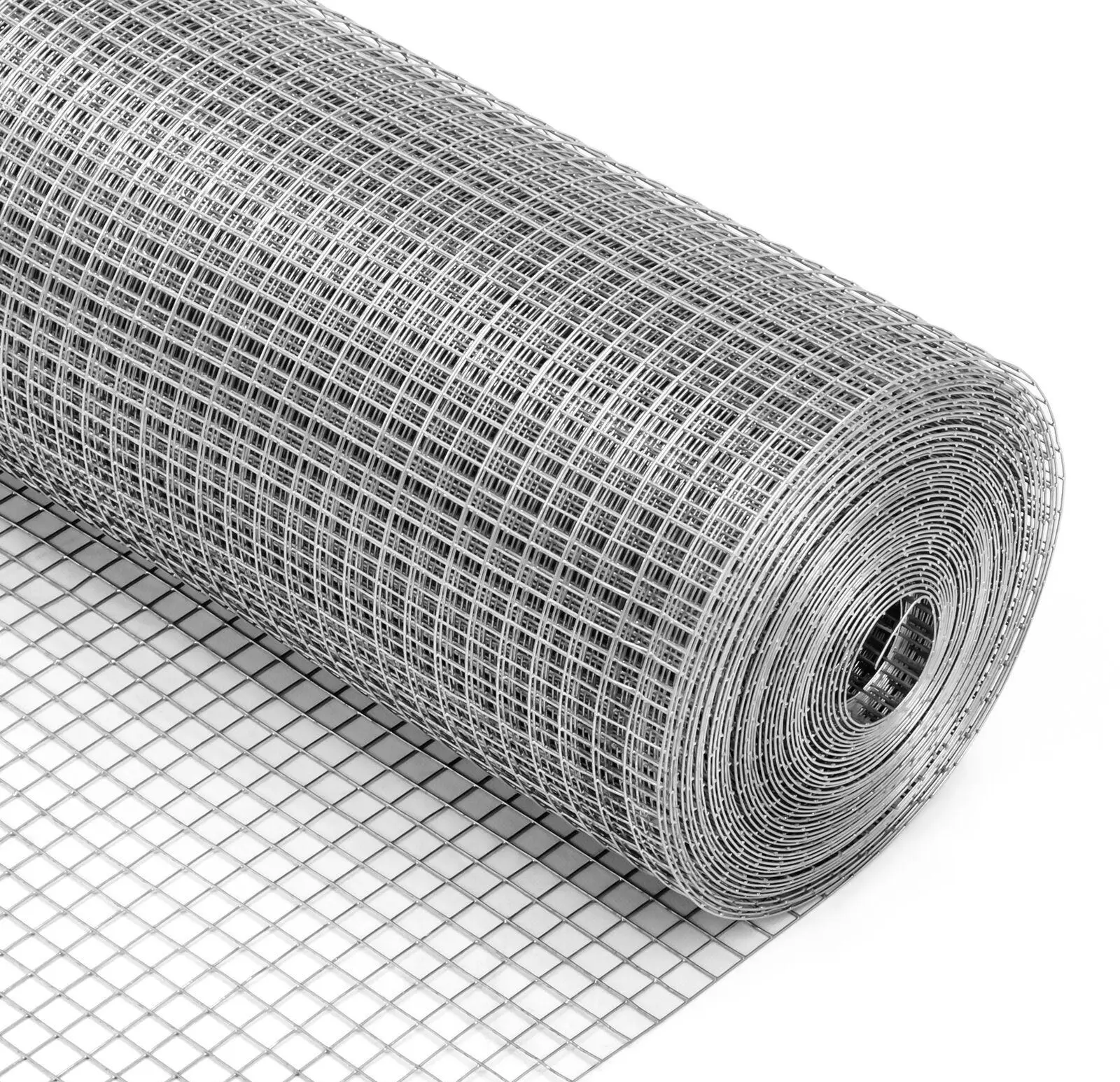-
 Afrikaans
Afrikaans -
 Albanian
Albanian -
 Amharic
Amharic -
 Arabic
Arabic -
 Armenian
Armenian -
 Azerbaijani
Azerbaijani -
 Basque
Basque -
 Belarusian
Belarusian -
 Bengali
Bengali -
 Bosnian
Bosnian -
 Bulgarian
Bulgarian -
 Catalan
Catalan -
 Cebuano
Cebuano -
 China
China -
 Corsican
Corsican -
 Croatian
Croatian -
 Czech
Czech -
 Danish
Danish -
 Dutch
Dutch -
 English
English -
 Esperanto
Esperanto -
 Estonian
Estonian -
 Finnish
Finnish -
 French
French -
 Frisian
Frisian -
 Galician
Galician -
 Georgian
Georgian -
 German
German -
 Greek
Greek -
 Gujarati
Gujarati -
 Haitian Creole
Haitian Creole -
 hausa
hausa -
 hawaiian
hawaiian -
 Hebrew
Hebrew -
 Hindi
Hindi -
 Miao
Miao -
 Hungarian
Hungarian -
 Icelandic
Icelandic -
 igbo
igbo -
 Indonesian
Indonesian -
 irish
irish -
 Italian
Italian -
 Japanese
Japanese -
 Javanese
Javanese -
 Kannada
Kannada -
 kazakh
kazakh -
 Khmer
Khmer -
 Rwandese
Rwandese -
 Korean
Korean -
 Kurdish
Kurdish -
 Kyrgyz
Kyrgyz -
 Lao
Lao -
 Latin
Latin -
 Latvian
Latvian -
 Lithuanian
Lithuanian -
 Luxembourgish
Luxembourgish -
 Macedonian
Macedonian -
 Malgashi
Malgashi -
 Malay
Malay -
 Malayalam
Malayalam -
 Maltese
Maltese -
 Maori
Maori -
 Marathi
Marathi -
 Mongolian
Mongolian -
 Myanmar
Myanmar -
 Nepali
Nepali -
 Norwegian
Norwegian -
 Norwegian
Norwegian -
 Occitan
Occitan -
 Pashto
Pashto -
 Persian
Persian -
 Polish
Polish -
 Portuguese
Portuguese -
 Punjabi
Punjabi -
 Romanian
Romanian -
 Russian
Russian -
 Samoan
Samoan -
 Scottish Gaelic
Scottish Gaelic -
 Serbian
Serbian -
 Sesotho
Sesotho -
 Shona
Shona -
 Sindhi
Sindhi -
 Sinhala
Sinhala -
 Slovak
Slovak -
 Slovenian
Slovenian -
 Somali
Somali -
 Spanish
Spanish -
 Sundanese
Sundanese -
 Swahili
Swahili -
 Swedish
Swedish -
 Tagalog
Tagalog -
 Tajik
Tajik -
 Tamil
Tamil -
 Tatar
Tatar -
 Telugu
Telugu -
 Thai
Thai -
 Turkish
Turkish -
 Turkmen
Turkmen -
 Ukrainian
Ukrainian -
 Urdu
Urdu -
 Uighur
Uighur -
 Uzbek
Uzbek -
 Vietnamese
Vietnamese -
 Welsh
Welsh -
 Bantu
Bantu -
 Yiddish
Yiddish -
 Yoruba
Yoruba -
 Zulu
Zulu
welded screen
The Importance of Welded Screens in Modern Applications
In today's world, where safety and efficiency are paramount in various industries, welded screens have become an essential component in a plethora of applications. From construction sites to mining and environmental management, the versatility and strength of welded screens provide solutions that meet both functional and regulatory standards.
What are Welded Screens?
Welded screens are crafted from solid wires that are electrically welded at the intersection points. This process creates a seamless, robust mesh that can withstand significant mechanical stress. The result is a product that is not only durable but also reliable in various environmental conditions. Available in different materials such as stainless steel, galvanized steel, and aluminum, welded screens can be tailored to suit specific needs, making them a preferred choice in many industries.
Applications in Construction
In the construction domain, welded screens serve multiple purposes. They are commonly used for safety barriers, scaffolding, and reinforcement in concrete systems. The uniformity and strength of welded screens ensure that they can support heavy loads while providing adequate safety for workers on-site. Additionally, they can be used for noise reduction, serving as a barrier between construction activities and nearby residential areas, thereby reducing noise pollution.
Environmental Protection
welded screen

Welded screens play a crucial role in environmental protection initiatives. They are utilized in water treatment plants, where they act as filters to prevent debris from contaminating water sources. By using welded screens in stormwater management systems, municipalities can effectively filter out pollutants, contributing to cleaner waterways and healthier ecosystems. Their durability ensures long life spans, resulting in lower maintenance costs and reduced environmental impact.
Industrial Applications
In industrial settings, welded screens are invaluable in the production process. They are commonly employed in manufacturing facilities for sorting and classifying materials. For instance, in the mining industry, welded screens are used to separate larger materials from smaller particles, ensuring that operations run smoothly and efficiently. Furthermore, they are essential in the screening of aggregates, providing quality control to ensure that final products meet industry standards.
Customization and Versatility
One of the significant advantages of welded screens is their customizability. They can be manufactured in various sizes, meshes, and thicknesses to meet specific requirements. This adaptability makes them suitable for various other applications, including agriculture for crop protection, residential areas for security fencing, and even in artistic installations where aesthetics and functionality are desired.
Conclusion
As industries evolve and face new challenges, welded screens continue to provide essential solutions. Their strength, durability, and versatility enable them to meet the demanding requirements of modern applications. Whether in construction, environmental management, or industrial processes, welded screens prove to be an indispensable asset. Investing in quality welded screens is not just about meeting current needs; it is about fostering a safer, more efficient future across numerous sectors. As technology advances, we can expect further innovations in welded screen designs, enhancing their capabilities and applications even more.
-
The Sunshade Net Can Block Ultraviolet RaysNewsAug.11,2025
-
Main Application and Technology of Nylon ScreenNewsAug.11,2025
-
Green Anti UV Sunshade Net: The Perfect Combination of Ecological Friendliness and Practical PerformanceNewsAug.11,2025
-
Explore the Sunshade NetNewsAug.11,2025
-
Application and Development of Nylon Screen in Fuel Processing and TreatmentNewsAug.11,2025
-
Application and Advantages of Nylon Screen for AquacultureNewsAug.11,2025






